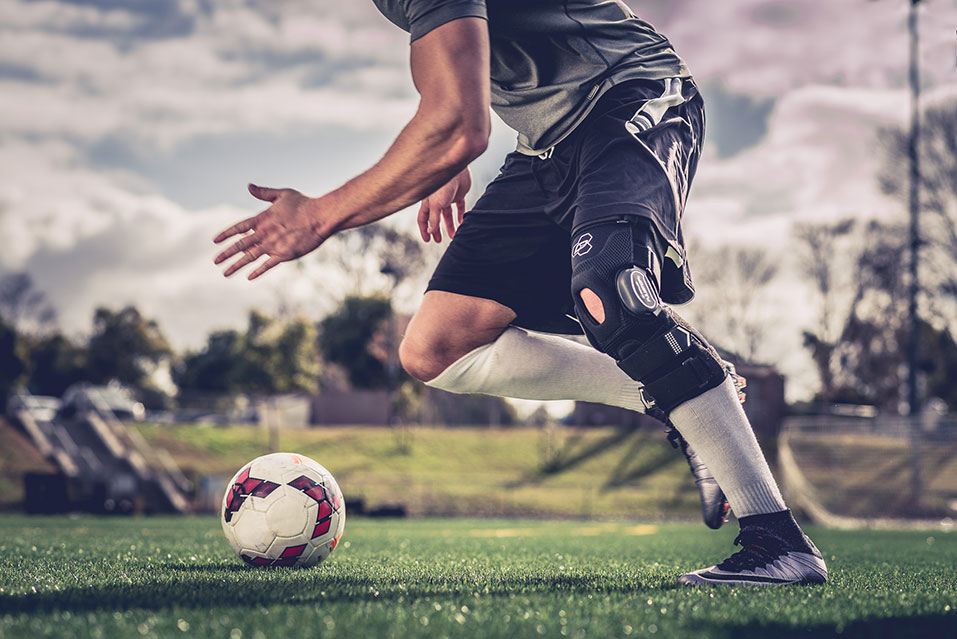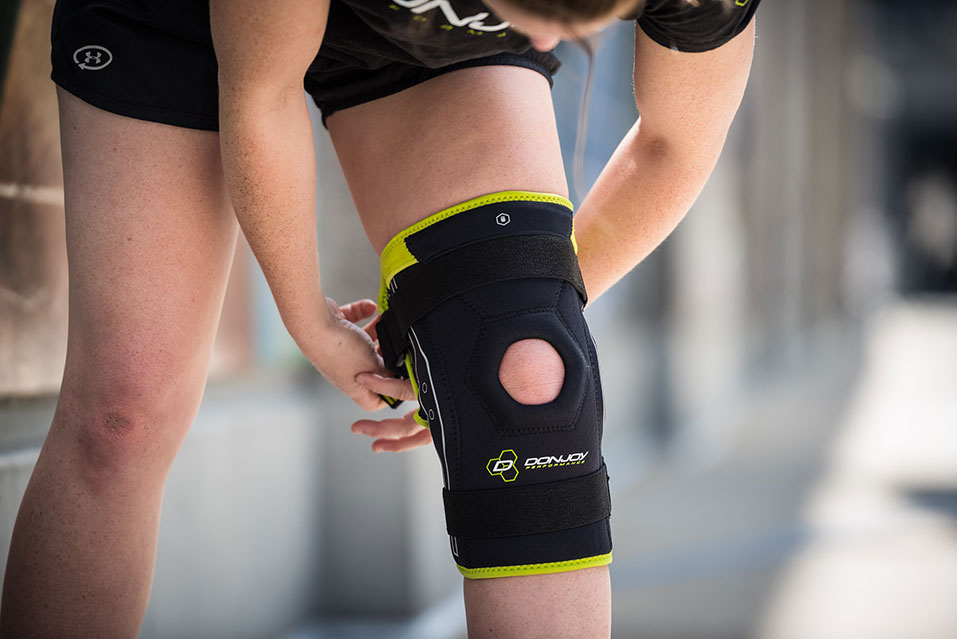ACL Injuries; Impacting All Levels Of Play
Injuries… the biggest fear any competitive athlete has to accept when stepping onto the playing field. Playing a sport takes a major toll on the body, making injuries almost inevitable. Some injuries are more common than others, depending on the sport. In the high intensity game of soccer, tearing an ACL is one of the most common and serious injuries, impacting all levels of play.
What is an ACL?
The anterior cruciate ligament (ACL) is one of the four main ligaments found in the knee. The biomechanical function of the ACL is complex as it provides stability to the knee joint and allows for dynamic motions A large amount of ACL injuries are seen in women and are due to non-contact movement. Simple pivoting, jumping and quick changes in direction are the most common forms of injury.
Why Women?
A 13-year study of ACL injuries in NCAA men's and women's soccer found that the rate of ACL tears for female soccer players is about three times higher than it is for males. At the collegiate level, women's soccer players have the third-highest ACL injury rate behind football and women's gymnastics. Women's professional soccer is also no stranger to this injury. Three key members (Alex Morgan, Ali Krieger and Megan Rapinoe) of the 2016 US Olympic Women's Olympic soccer team have overcome ACL injuries. Over the years, researchers have studied why women have an increased risk of ACL injury. Some findings include:
- Neuromuscular imbalances of ligament dominance, quadriceps dominance, and leg dominance.[1]
- Jumping and landing biomechanics that lead to greater risk for ACL tears in women.[2]
- Different hormonal patterns in women[3]
The anterior cruciate ligament (ACL) is one of the four main ligaments found in the knee. The biomechanical function of the ACL is complex as it provides stability to the knee joint and allows for dynamic motions. Three key members (Alex Morgan, Ali Krieger and Megan Rapinoe) of the 2016 US Olympic Women's Olympic soccer team have overcome ACL tears. At the collegiate level, women's soccer players have the third-highest ACL injury rate behind football and women's gymnastics. Furthermore, a 13-year study of ACL injuries in NCAA men's and women's soccer found that the rate of ACL tears for female soccer players is about three times higher than it is for males.
Over the years, researchers have studied why women have an increased risk of ACL injury. Some findings include:
- Neuromuscular imbalances of ligament dominance, quadriceps dominance, and leg dominance.[1]
- Jumping and landing biomechanics that lead to greater risk for ACL tears in women.[2]
- Different hormonal patterns in women[3]
DonJoy Performance Braces for Soccer players:
BIONIC FULLSTOP Knee helps provide Anterior Cruciate Ligament (ACL) protection during recovery from injury, as well as prevention of future injury. Dampening hinges prevent hyperextension and help improve joint mechanics in both surgical and non-surgical knees.
BIONIC Knee: Bilateral polycentric hinges with hyperextension stops help to support knee instability.
[1] Myer GD, Ford KR, Hewett TE. Rationale and Clinical Techniques for Anterior Cruciate Ligament Injury Prevention Among Female Athletes. Journal of Athletic Training. 2004;39(4):352-364.
[2] Voskanian, N. (2013). ACL Injury prevention in female athletes: review of the literature and practical considerations in implementing an ACL prevention program. Current Reviews in Musculoskeletal Medicine, 6(2), 158–163. http://doi.org/10.1007/s12178-013-9158-y
[3] Slauterbeck, J. R., Fuzie, S. F., Smith, M. P., Clark, R. J., Xu, K. T., Starch, D. W., & Hardy, D. M. (2002). The Menstrual Cycle, Sex Hormones, and Anterior Cruciate Ligament Injury. Journal of Athletic Training, 37(3), 275–278.






